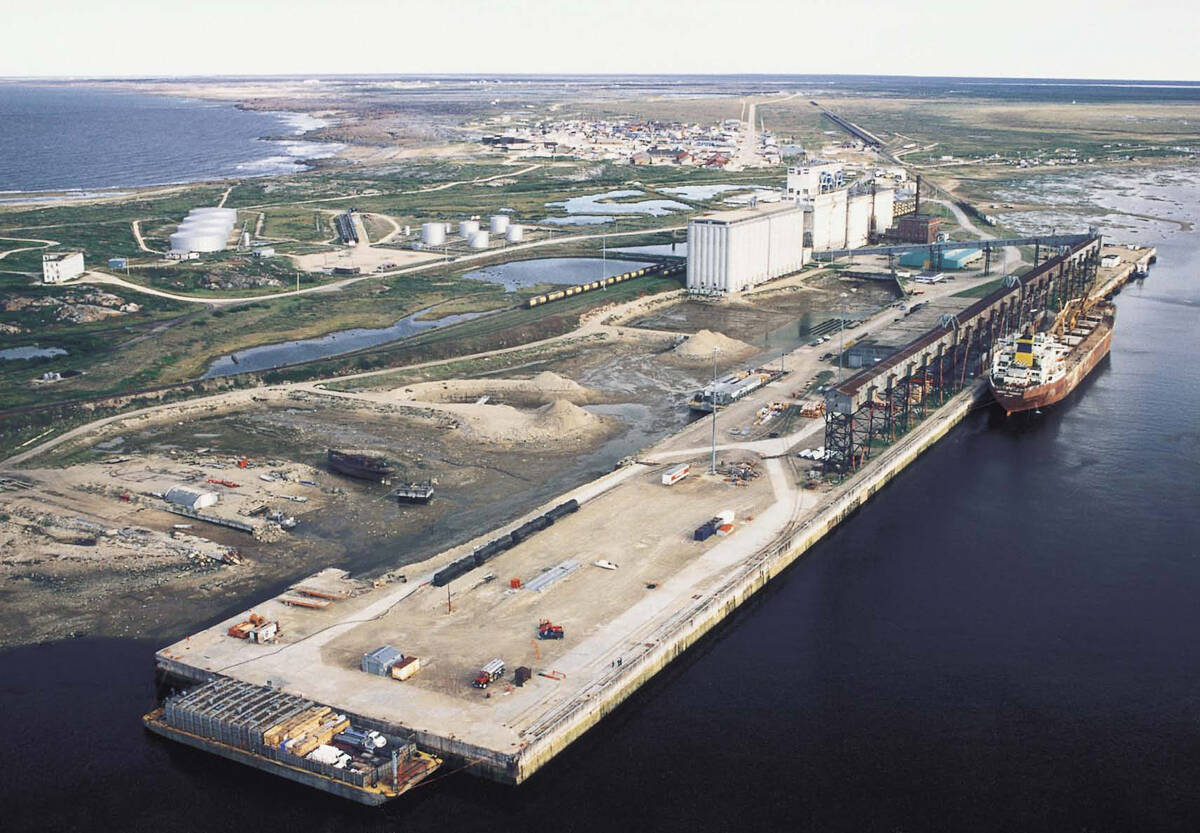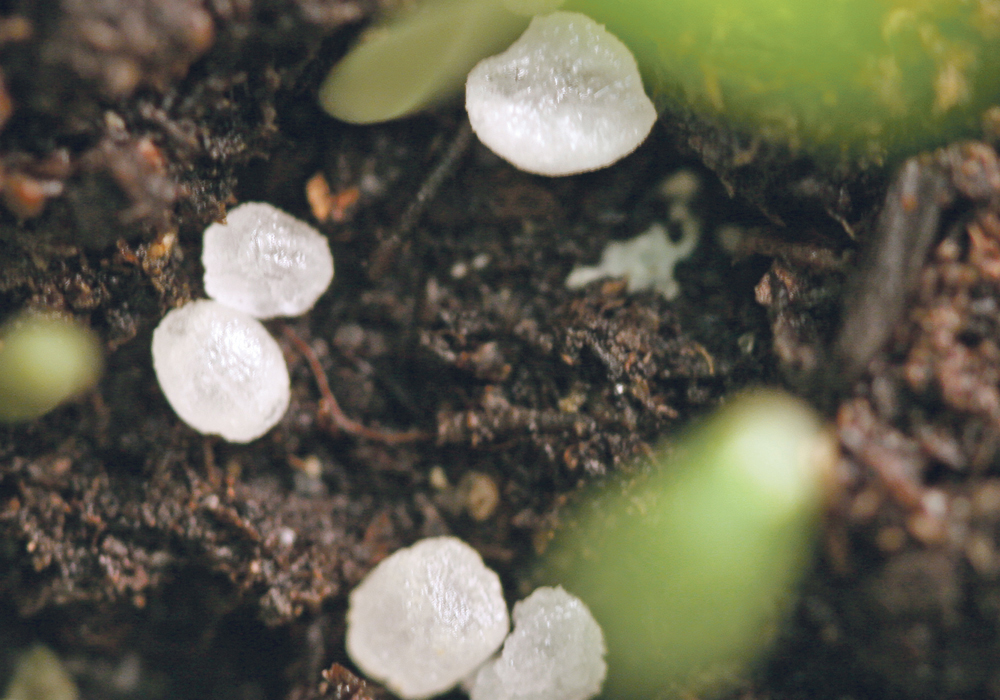Performing plant sap analysis throughout the growing season provides unequal insight into a soil’s ability to supply nutrients, said John Kempf, founder of Advancing Eco Agriculture from Middlefield, Ohio.
He said the nutrients plants absorb from a soil is the true indicator of what it can actually supply, which traditional soil-testing methods do not measure.
Plant sap testing, which measures the xylem sap in plant leaves as an indicator of nutrient availability, water levels and bacterial presence.
“They can be useful but they do not actually correlate to a crop performance and they don’t accurately describe a soil’s capacity to deliver nutrients, which is why the Haney analysis has become so popular in the last couple of years,” Kempf said during his presentation at the National No-Tillage Conference that was held virtually this year.
Read Also

Defence investments could benefit agriculture
A bump in Canada’s NATO spending commitments could lead to infrastructure investments that would benefit rural areas
“These newer analyses are trying to more accurately describe what a soil can actually deliver, and I’m a big fan of the Haney analysis.”
However, he said sap analysis is the final report card that actually shows how the soil performed.
Dry matter tissue tests are used to identify differences observed in a crop stand, by taking samples from multiple areas to look for nutrient differences and deficiency in zones of the field that may be addressed with a fertigation or a foliar application.
A tissue test measures the total amount of nutrients that the plant has taken up, whereas the plant sap test measures the nutrients that are currently available in the plant.
Kempf said both tissue and sap analysis can be useful in season tools to identify and address nutrient deficiencies.
However, he said the most powerful use of sap analysis is not to manage in-season nutrients, but to inform fertilization decisions in subsequent seasons.
“Our recommendation for sap analysis is rather than doing lots of acres and lots of different fields, focus on only a few representative fields and collect samples every 14 days through the growing season. This is incredibly powerful because what happens is then you could actually graph nutrient movement through the growing season,” Kempf said.
“In my professional opinion, I think we need to retire tissue analysis and replace it with sap analysis.” Kempf said.
He said regular sap sampling and analysis performed throughout the growing season will demonstrate if the crop has enough plant nutrients through pollination, tasseling, and early grain fill.
“All of a sudden potassium levels or nitrogen levels might drop into the tank so then you can say that, ‘wait a minute next year I need to apply less or maybe no potassium and nitrogen at planting, and I need to apply it later,’” Kempf said.
He said there is no replacement for regular sap analyses when it comes to graphing a soil’s ability to supply nutrients over time.
“You cannot even begin to get near to achieving similar results by only doing two or three spot samples through the season, or only collecting samples when you see a problem,” Kempf said.
“Select a couple of indicator fields and do them consistently throughout the entire year and it will be the most valuable information, the most valuable agronomic information you ever collect. There is no question in my mind about that.”
He said there are a few sap analysis methods, and some have been used for up to 60 years.
However, he said the technique his company uses is a relatively new approach where fresh leaves are collected from two locations on a plant and a laboratory then extracts the sap from the entire leaf.
This provides an indicator of the nutrients that are in the plant sap, rather than the nutrients that are all contained within the vacuoles inside the cell and within the cell membranes.
“This is very important because some nutrients like calcium and a lot of the trace minerals, can become tied up inside various plant cell parts. They will show up on a dry matter analysis if you analyze the total dry matter.”
There are 22 parameters measured in the sap analyses used by Advancing Eco Agriculture, including total sugars, pH, electrical conductivity, potassium, calcium, potassium to calcium ratio, nitrogen is broken down into ammonium, nitrate and total nitrogen, silicon, iron, zinc, manganese, copper, boron, molybdenum, aluminum and cobalt.
The test also has columns titled young and old, which reflects the readings from the two different leaves sampled from a plant.
Kempf said it’s important to take samples from two locations and measure them separately because several elements are mobile in the plant, most notably nitrogen and potassium.
They move around in the plant very quickly, and when the plant begins experiencing low levels of either nitrogen or potassium, it pulls it out of the lower bottom leaves and moves it up.
“It’s very important to measure both the new leaves and the old leaves so that we can see how the plant is moving nutrients around and so that we can see these various deficiencies in the first place that they will show up.”
There is a third column in the test that shows what the desired values are for each element in a specific crop, which has been developed by Advancing Eco Agriculture.
“I don’t want to grow an average crop, I want to grow an exceptional crop and if we want to grow exceptional crops with higher yields and disease and insect resistance, we will often need to balance the nutrition differently,” Kempf said.
“Some of the nutrients might need to be higher and some of them definitely need to be lower.”
Future Analytics in Red Deer, Alta., and GrowWest at Harris, Sask., are a couple of the companies offering sap testing in this region.
















